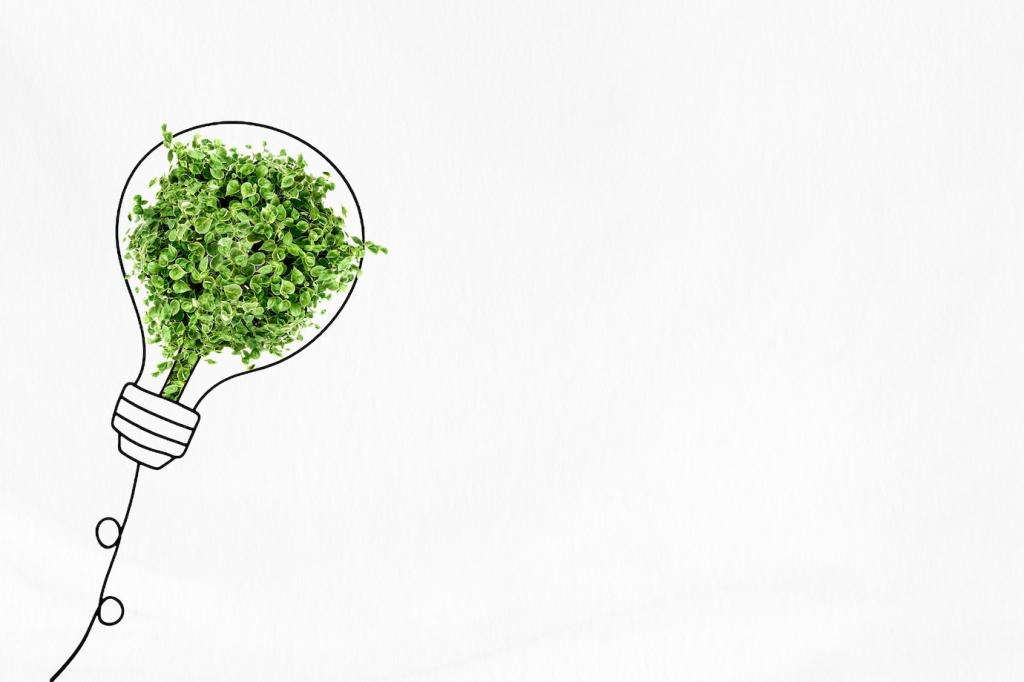Biophilic Design Techniques
Biophilic design techniques are at the forefront of modern architecture and interior design, focusing on humanity’s innate connection to the natural world. These approaches harness the power of nature within built environments, promoting well-being, productivity, and creativity. By integrating natural elements, materials, patterns, and processes, biophilic design transforms sterile, artificial spaces into vibrant habitats that enhance our physical and psychological health. This page explores the core principles and practical strategies of biophilic design, demonstrating how nature-inspired design leads to more nurturing and sustainable environments.

Indoor Greenery and Plant Life
Including living plants in indoor spaces dramatically enhances air quality and promotes relaxation. Thoughtfully positioned greenery—whether potted plants, green walls, or indoor trees—serves both aesthetic and functional purposes. The presence of foliage has been shown to reduce stress levels, boost concentration, and imbue spaces with vibrancy. When chosen and maintained carefully, plant installations can become striking features that not only beautify interiors but also contribute to a healthier indoor atmosphere.
Water Features and Natural Sounds
Incorporating water elements, such as fountains, small ponds, or aquariums, creates a multisensory connection to nature. The gentle sounds and visual presence of water can soothe and revitalize occupants, masking urban noise and inviting moments of mindfulness. Even the subtle trickling of water or the simulated sound of rainfall can have a calming psychological effect. These features illustrate how engaging multiple senses helps establish deeper connections to the natural world.
Maximizing Natural Light
Harnessing daylight is another essential aspect of biophilic design. Large windows, skylights, and glass walls allow sunlight to permeate rooms, improving mood, regulating circadian rhythms, and decreasing dependence on artificial lighting. Designers carefully orient spaces and select materials to bounce and diffuse light, rendering interiors more dynamic and welcoming. The constant flux of natural light throughout the day adds texture and vitality, making inhabitants feel more attuned to the rhythms of the outdoors.
Previous slide
Next slide
Using Natural Materials and Patterns

Utilizing authentic materials such as wood and stone cultivates a warm, tactile atmosphere that synthetic materials cannot replicate. Exposed timber beams, wooden floors, and stone accent walls add texture and subtle variation, bringing the outdoors inside. These materials age gracefully, developing unique character over time, and their organic origins impart a feeling of authenticity and permanence to built spaces.
Connecting to Outdoor Spaces
Maximizing visual access to gardens, courtyards, or natural panoramas fosters a deep sense of openness and tranquility. Thoughtful window placement, glazed walls, and open sightlines connect occupants to outdoor scenery throughout the day. Even glimpses of greenery or distant vistas can reduce eye strain, improve mood, and encourage restful pauses in busy daily routines.

